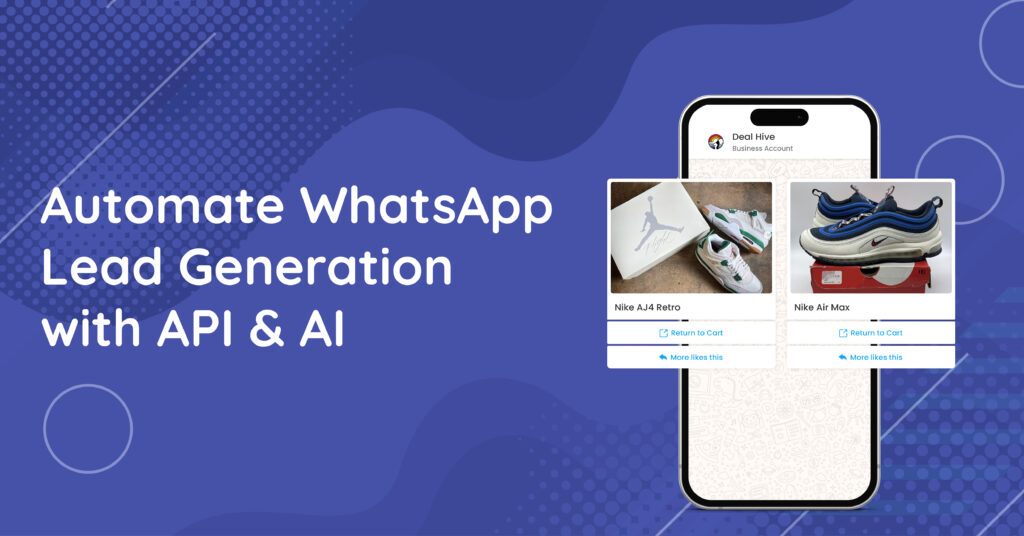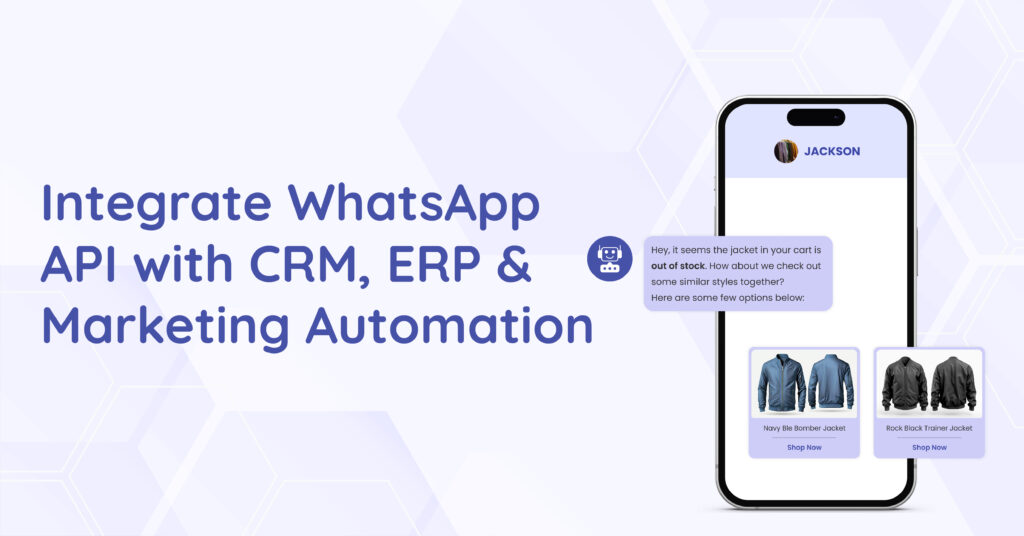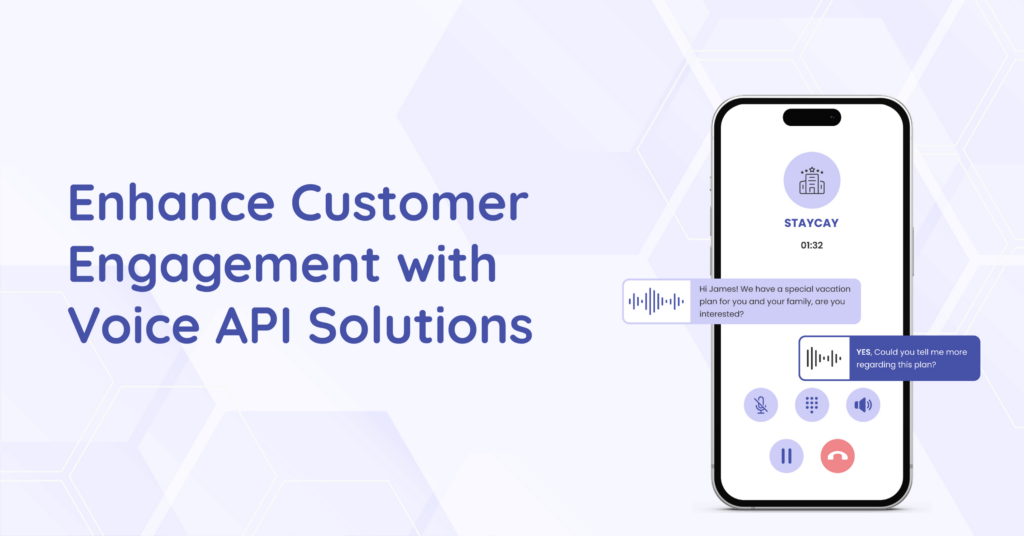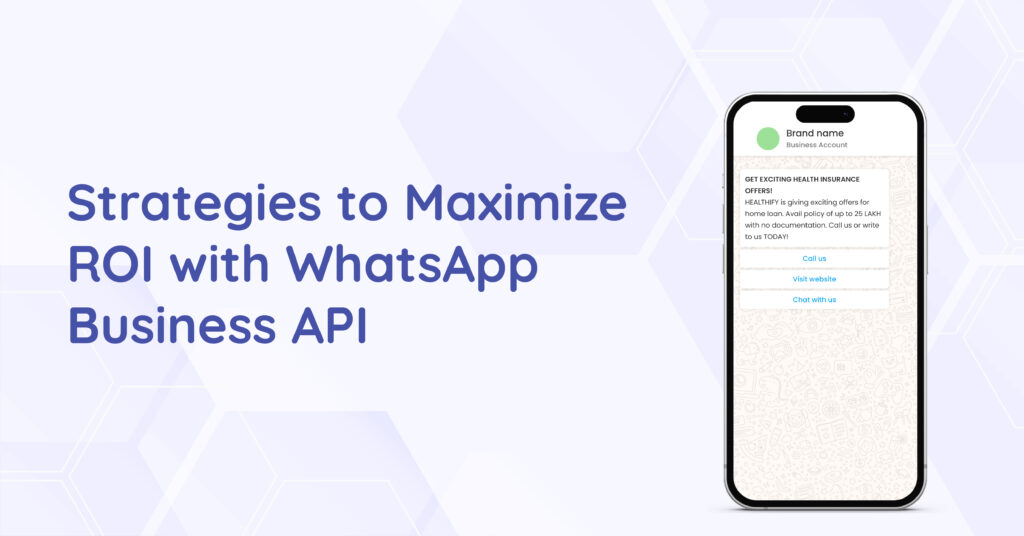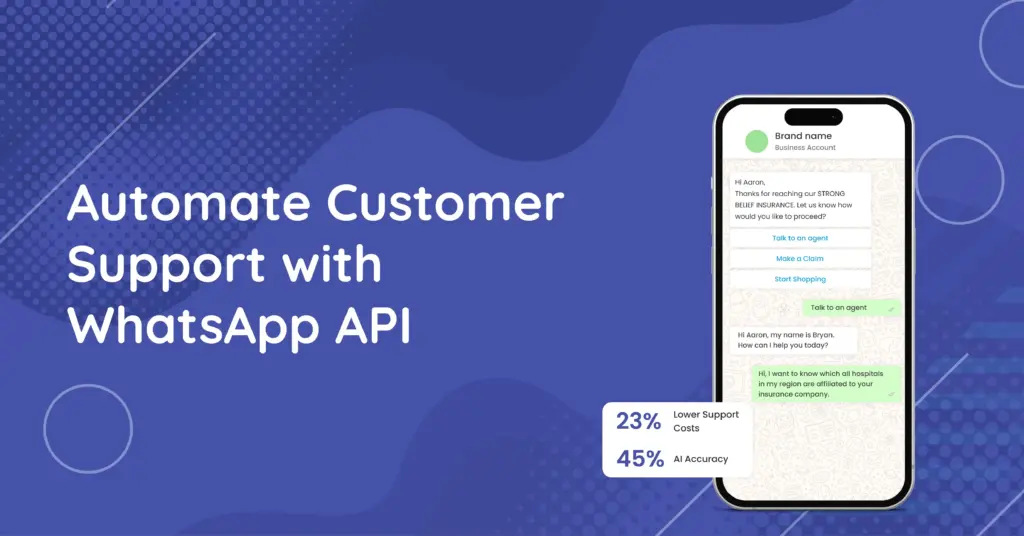WhatsApp for Lead Generation: How to Build an End-to-End Funnel with API & AI
Every business is constantly on the lookout for efficient, high-converting lead generation strategies. With over 2.7 billion users worldwide, WhatsApp has emerged as a powerful tool for lead generation, offering businesses a direct, personal, and scalable way to engage with potential customers. But how do you build an end-to-end WhatsApp lead generation funnel that automates processes, nurtures leads, and drives conversions effortlessly? The answer lies in utilizing WhatsApp Business API and AI-driven automation. This guide will walk you through how to set up a WhatsApp lead generation funnel using AI and API integrations, ensuring your business maximizes engagement, boosts conversion rates, and maintains a seamless lead nurturing process. Why WhatsApp for Lead Generation? With WhatsApp, businesses can achieve: Higher engagement rates: Messages on WhatsApp have an open rate of over 98%, significantly higher than emails. Instant customer interactions: AI-powered chatbots can provide instant responses, reducing wait times and improving customer satisfaction. Personalized communication: Businesses can send customized messages, offers, and reminders, improving the likelihood of conversions. Scalability: Through WhatsApp Business API, businesses can automate lead generation while still maintaining a personalized approach. Example: A fashion e-commerce brand integrated WhatsApp to send personalized shopping recommendations based on browsing history. This resulted in a 35% increase in repeat purchases. The Structure of an End-to-End WhatsApp Lead Generation Funnel A WhatsApp lead generation funnel consists of multiple stages, each playing a critical role in capturing, engaging, and converting leads: 1. Awareness: Getting Leads into the Funnel The first step is to drive potential leads to your WhatsApp channel. This can be done through: Click-to-Chat Ads: Running Facebook & Instagram ads with a “Send Message on WhatsApp” button. Website WhatsApp Widget: Adding a “Chat on WhatsApp” button on key website pages. QR Codes: Placing QR codes on packaging, posters, or brochures, which lead directly to WhatsApp chats. WhatsApp Links: Sharing a direct WhatsApp link in emails, social media posts, or SMS campaigns. A real estate agency can use Click-to-Chat WhatsApp ads to generate inquiries about new property listings. Leads were then automatically categorized based on interest and budget, resulting in a faster closing rate. 2. Engagement: Using AI to Qualify Leads Once users start conversations, businesses need to engage and qualify them effectively. This is where AI-driven lead generation comes in: AI Chatbots: Instant responses to FAQs, reducing drop-offs. Pre-qualification Questions: Automated queries to categorize leads based on their needs. CRM Integration: Seamless syncing of lead data with CRM systems for further nurturing. Fintech companies can automate loan inquiries on WhatsApp. AI-driven chatbots pre-qualified leads by asking about income, loan amount, and purpose, reducing manual follow-ups. 3. Nurturing: Keeping Leads Engaged Not every lead converts immediately. Businesses must nurture leads by providing valuable content and keeping the conversation going. This includes: Personalized messages: Send relevant content based on past interactions. Product Demos or Webinars: Sharing registration links for informative sessions. Limited-time offers: Encouraging faster decision-making. EdTech companies can nurture leads by sending course recommendations, free webinars, and student testimonials on WhatsApp. 4. Conversion: Closing the Deal After nurturing, it’s time to convert leads into customers. Strategies include: One-click checkout links: Simplify the buying process with payment links. Live agent handover: Connecting high-intent leads with human agents for personalized assistance. Automated appointment booking: Using AI to schedule demos, consultations, or calls. Healthcare providers can use WhatsApp AI chatbots to book appointments. This will reduce call center load by up to 60% and improve booking rates. 5. Retention & Re-Engagement Lead generation isn’t just about conversions—it’s also about keeping customers engaged for repeat business. Post-purchase follow-ups: Sending thank-you messages, surveys, or feedback requests. Loyalty programs: Sharing reward points and exclusive offers. Reactivation campaigns: Engaging dormant customers with new offers. Example: A travel agency sent WhatsApp reminders about upcoming flights, travel tips, and discount offers for future trips, boosting repeat bookings. How WhatsApp API and AI Power This Funnel To scale this funnel effectively, businesses leverage two key technologies: WhatsApp Business API and AI-powered chatbots. 1. WhatsApp Business API The WhatsApp Business API allows businesses to: Automate responses for FAQs, reducing manual effort. Send bulk notifications for transactions, promotions, and reminders. Integrate with CRM and support systems to streamline communication. Use interactive messages like buttons and media to enhance engagement. 2. AI-Powered Chatbots AI chatbots enhance efficiency by: Handling up to 80% of inquiries instantly. Providing 24/7 support without human intervention. Offering personalized interactions through NLP (Natural Language Processing). Escalating complex queries to human agents when needed. By combining WhatsApp API and AI, businesses can automate customer interactions, improve response times, and drive conversions, while keeping operations efficient. Best Practices for Effective WhatsApp Lead Generation 1. Get Opt-ins Before messaging users, ensure they have explicitly opted in to receive communications. This is essential to comply with privacy laws like GDPR and TCPA and to build trust. Opt-ins can be collected through: Website forms with a checkbox for WhatsApp updates. Click-to-WhatsApp ads that encourage users to start a conversation. QR codes on packaging, emails, or offline stores. 2. Be Quick Leads expect instant responses, and delays can cause drop-offs. AI chatbots and automated responses ensure quick replies to common inquiries, keeping users engaged and moving them through the funnel. 3. Personalize Conversations Generic messages don’t convert well. Use customer names, past interactions, and preferences to tailor responses. For example: Instead of “Hi! How can we help?” → “Hey [Name], we noticed you checked out [Product]. Need help deciding?” Recommend relevant products or services based on past chats or purchases. 4. Use Rich Media Text-only messages can feel impersonal. Instead, use: Images & videos to showcase products or services. Voice notes to add a human touch. Clickable buttons for easy navigation (e.g., “Shop Now,” “Book a Call”). 5. Leverage Automation Automation ensures scalability and efficiency by handling repetitive tasks like: Drip campaigns to nurture leads over time. Follow-up reminders for abandoned carts or inquiries. Chat routing to connect users with the right department. Techno Core Logic: Your WhatsApp Lead Generation Partner Implementing an AI-driven WhatsApp lead generation funnel
WhatsApp for Lead Generation: How to Build an End-to-End Funnel with API & AI Read Post »

